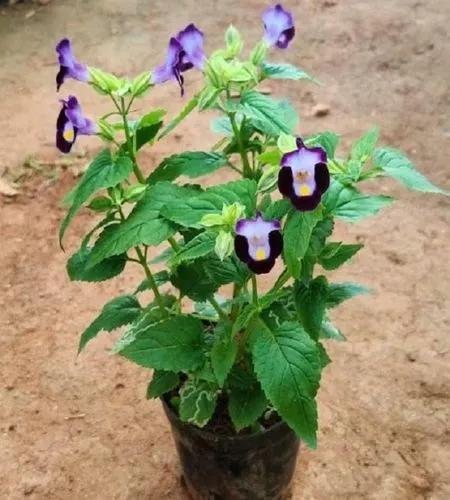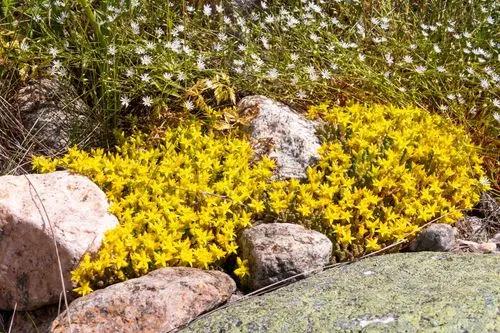Dahlia is a perennial herbaceous plant very popular with gardeners. Initially, the habitat of these flowers was Central America. However, due to the unpretentiousness of these plants, Dahlia has easily taken root in other parts of the world. Most often, this plant is grown in the garden.
Dahlia Care
Dahlia cultivars



Dahlia is a plant from the Asteraceae family. The ornamental forms of this plant reach a height of 70-100 centimeters (2-3 ft). The flowers are round, spherical in shape. Dahlia flowers rise on a long stem and show a variety of colors. Most often, they are red, white, pink, and orange. The size of the decorative Dahlia flowers is 4-10 inches (12-27 centimeters).
How to Care for the Plant

Water

Gardeners recommend watering young plants daily, especially in dry and hot weather. Make sure the soil near the plants always remains slightly moist.

Pruning

Dahlia needs pruning of buds that have already faded. You can also remove dead parts of the plant so that new leaves and flowers are not stunted.

Fertilizer

Once every 1-2 months, the plant needs top dressing with phosphorus, potassium, and nitrogen. You need to fertilize throughout the summer. During planting, you need to use humus or manure — this is important for young plants. Dahlia also responds well to organic fertilizers during the summer.

Sunlight

Dahlia grows best in bright light and tolerates hot sun well. Make sure the plant does not dry out and gets enough sunlight. Otherwise, your Dahlia won't look as impressive.

Soil

Dahlia grows well in various soils, but the best option is a mixture of peat, sand, and clay in equal proportions. Be sure to loosen the soil to enrich your plant's roots with oxygen.

Propagation

We recommend propagating the plant by dividing the tubers. To do this, you need to cut off the tuber so that part of the stem remains on the new one. Before planting in spring, store the tubers in a cool place (about 50˚F (10˚C)).

Temperature

Dahlia is vulnerable to low temperatures, as it is a tropical plant. Therefore, you should keep the plants warm if you live in a temperate climate. Store the plant and its tubers at a temperature not lower than 59˚F (15˚C). In summer, Dahlia tolerates temperatures up to 95˚F (35˚C) well.

Container

The holes for Dahlia should be three times the size of the root system. You need to plant the flower so that the roots and part of the stem remain underground. You can also tie the young plants to stakes to keep them from breaking in strong winds.

Fun fact

Wild representatives of Dahlia can reach a height of 8 feet (2.5m).

Popularity

1,564 people already have this plant 432 people have added this plant to their wishlists
Discover more plants with the list below
Related articles






